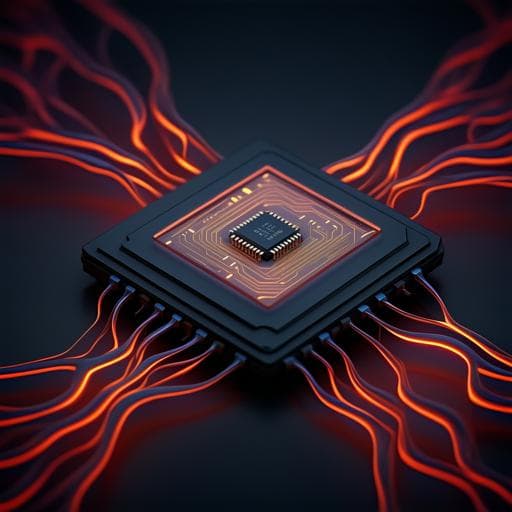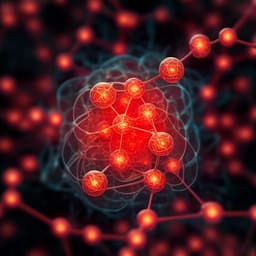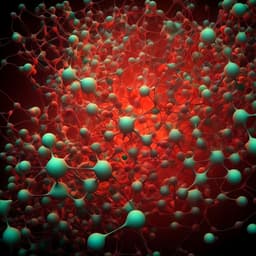
Medicine and Health
Fully implanted battery-free high power platform for chronic spinal and muscular functional electrical stimulation
A. Burton, Z. Wang, et al.
Explore groundbreaking research on electrical stimulation of the neuromuscular system, revealing a passive resonator-optimized power transfer design that achieves ±20 V and >300 mW. This innovative work by Alex Burton and colleagues demonstrates multichannel, biphasic, and current-controlled operation in freely behaving animals, showcasing functionality over 6 weeks in rats. Unlock the potential for advanced muscle stimulation applications!
~3 min • Beginner • English
Related Publications
Explore these studies to deepen your understanding of the subject.







